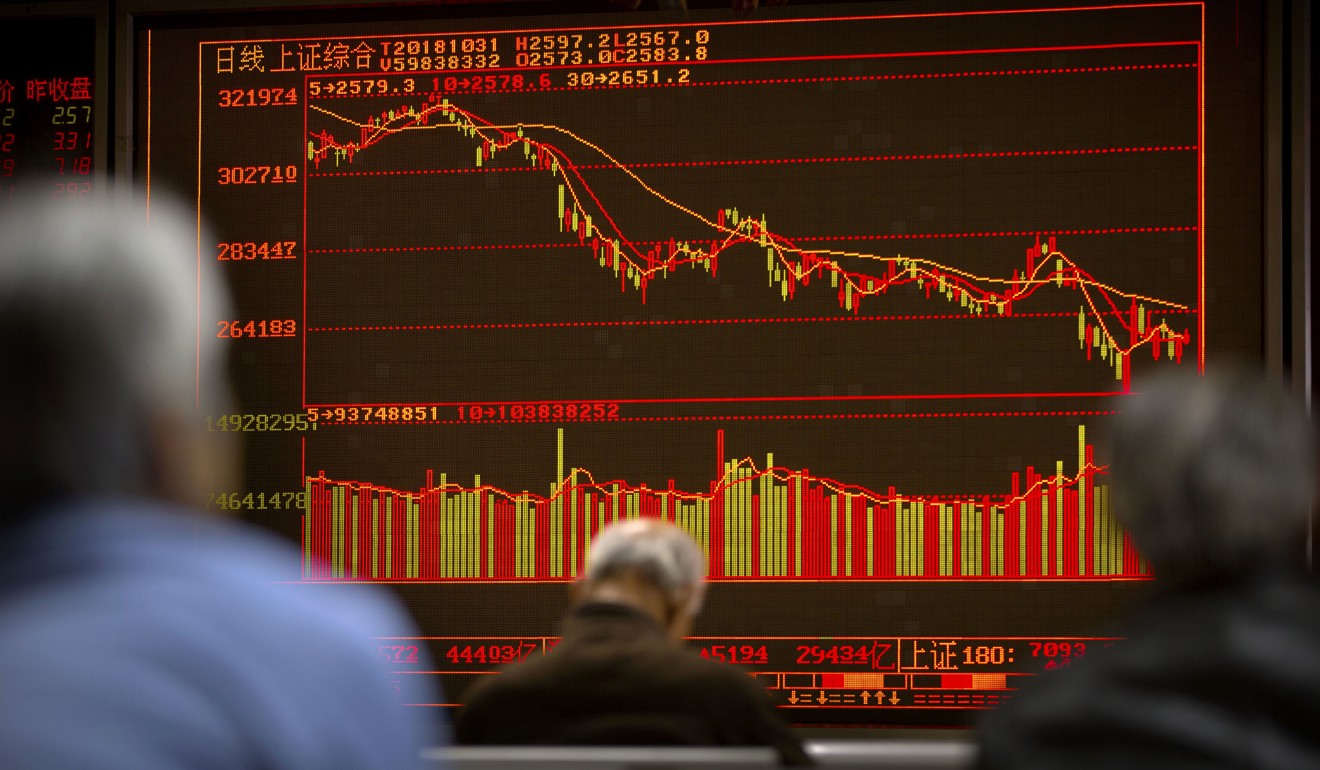
China’s central bank says ‘grey rhino’ financial risks could charge in 2019
- Obvious but typically ignored threats could emerge as China ‘gears towards high-quality growth from high-spend expansion’, PBOC says in its annual report
- Document does not name specific risks but includes lengthy analyses of the property sector, and household, corporate and local government debt levels
The “grey rhino” financial risks facing China could resurface next year as the country seeks to deal with growing uncertainty in the global economy and threats to its domestic markets, the central bank has warned.
In its annual China Financial Stability Report published online on Friday, the People’s Bank of China said that there “are still relatively large uncertainties in the global economy and financial markets in 2019”.
“Some grey rhino financial risks could emerge as the Chinese economy is gearing towards high-quality growth from high-spend expansion and structural adjustment,” it said, using the animal-inspired metaphor for the type of risk facing the country that is obvious but typically ignored.
China has US$6 trillion in hidden debts with ‘titanic’ credit risks, S&P says
As the world’s largest exporter, China is facing mounting pressure as the trade war with the United States, which started in July, starts to bite.
Even though the impact of the new tariffs on Chinese goods entering the US has yet to fully take effect – mostly because of US importers front-loading their orders before they came into force – China’s economy grew by just 6.5 per cent in the third quarter, it’s slowest rate for a decade.
Meanwhile, the yuan has fallen 6 per cent against US dollar this year and is now teetering on the edge of the psychologically significant mark of seven to the dollar.
As well as the challenges posed by major developed countries moving towards monetary policy normalisation, rising inflation rates and high debt levels, the PBOC report said the global economy was at risk from protectionism such as trade barriers and investment curbs that could undermine global value chains.
China has repeatedly pledged to further open up its markets, including those in the financial sector, and pursue a more market-oriented restructuring to allay foreign concerns.
China’s financial crisis team goes into overdrive with 10th meeting in two months
Tensions between China and the US showed some signs of easing this week after Presidents Xi Jinping and Donald Trump spoke over the telephone and confirmed plans to meet after the G20 meeting in Buenos Aires, Argentina on November 30.
Financial de-risking is one of three priorities set out by Beijing for the 2018-20 period, a commitment that led to the creation of the Financial Stability and Development Commission, and the merger of the country’s banking and insurance regulators.

China signals big shift in economic course due to US trade war headwinds
While the central bank did not specify the “grey rhinos”, it did devote long chapters of its annual report to analysis of the property market, and the high levels of local government, household and corporate debt.
It said also that implicit debt, which includes all funds promised by the state and local governments, was rising fast.
The size of one unnamed province’s implicit debt at the end of last year was 80 per cent higher than had been reported, it said. Of the total, 35 per cent could be attributed to banks and 65 per cent to funding for infrastructure projects.
“During the process of standardising implicit local debt, the risk facing financial institutions could be further exposed and fiscal risk will eventually transfer to the financial sector,” the report said.
Chinese corruption inquiry finds US$39 million in cash at homes of ex-boss of Huarong Asset Management
The PBOC, however, ruled out the prospect of a financial meltdown in 2019, after undertaking a repayment and liquidity stress test involving 20 large commercial banks, all with assets of more than 500 billion yuan (US$72.48 billion), in the first half of this year.
While the lenders’ core capital adequacy ratio, which measures available capital to risk-weighted credit, could fall to between 8.48 and 7.08 per cent in a best-to-worst scenario – from 9.08 per cent at present – “overall … [it] is relatively high and their operation remains stable”, the report said.
The central bank also committed to improving its policy flexibility, coordination and effectiveness in 2019 while quickening the pace of reform to tackle the upcoming challenges.
“The depth and dimension of China’s financial reform will also be expanded. The pace of opening up will accelerate rather than slow,” it said.

